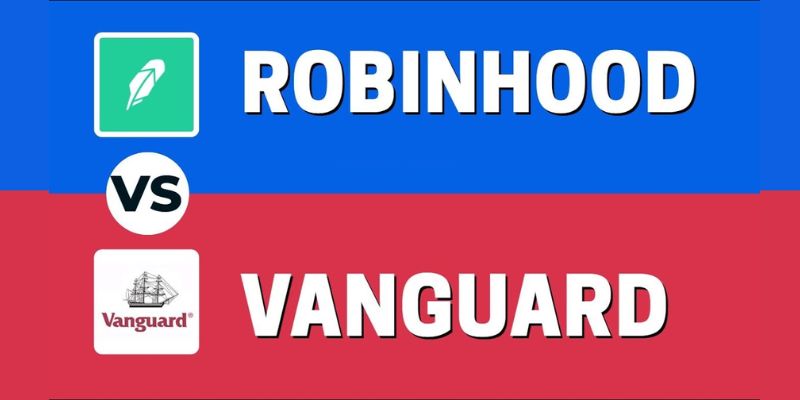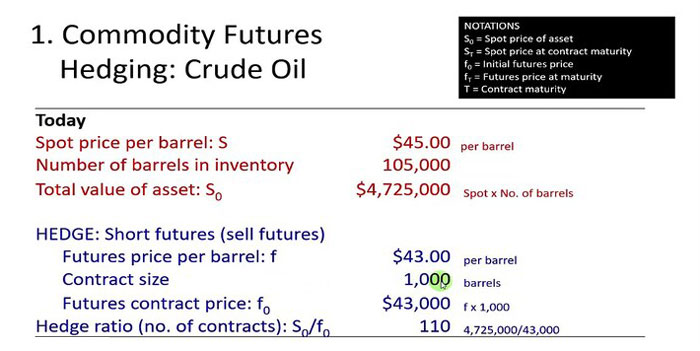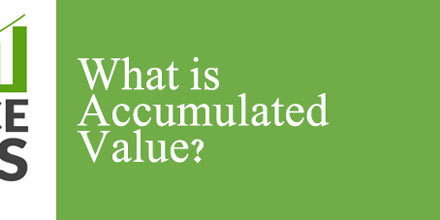
Securities are proven to be one of the best investment opportunities that yield good returns; securities come in many forms and structures; CMOs are one of them, where a lending institution pools mortgages of a similar kind, pitched and sold as bonds to investors, who get returns when the borrowers clear their amount, (repay the loan) in the prescribed time as agreed in the terms between the lending institution which pass it on to the CMO investor.
In CMO, mortgages are categorized into classes or tranches according to risk level. They are one way for investors to get good returns through residential mortgage loans than other treasury securities. They are usually traded or sold on secondary markets.
One more noticeable thing is that CMOs rely on underlying assets-generated cash flows and are subject to fluctuations in interest rates and other economic changes. To understand this point better, if a homeowner fails to pay their mortgage, the assets lose all their value and are useless. In other words, CMO is pass-through securities that effectively channel debtor payments to investors.

How Does Collateralized Mortgage Obligation Work?
It is difficult to trade home loans individually; this is where Government-backed banks jump in, and their sponsored enterprises like Ginnie Mae club these mortgage loans together. After pooling them, these loans are securitized and transformed into a more liquid form that is easy to trade.
As CMOs are always a pool of mortgages, which makes them a complex instrument, that's why they are sliced into smaller tranches or groups which are investable individually and reduce the complexity for the investors; the CMO can be sliced into 50 or more tranches depending on the size and pool of home mortgages, and slice is investable.
The tranches are categorized according to loans sharing similar or the same characteristics, the most common of which is the value; the other prominent characteristic is home owner's credit score. Agencies like Moody's, Fitch, and Standard & Poor provide each tranche's credit ratings as per underlying mortgage holder credit risk.
A mortgage holder with an AAA rating is considered ideal for giving loans, as AAA shows the highest ratings that a holder can fully meet all their financial commitments. Similarly, holders with lower ratings are less reliable regarding their financial commitments. If the rating is D, the lowest, the holder is currently in Default.

Tranches and their Yields
Tranches' yields vary according to their credit ratings; higher ratings make it less risky than those with low ratings but higher return rates. As per their ratings, tranches are divided into senior and junior tranches.
- Senior Tranches have all the Class A CMO, which implies that all the mortgages present in these tranches are A-rated and have the lowest yields due to less risk attached; however, investors in senior tranches are paid first than the rest.
- Junior Tranches usually include mortgages with class B or C credit ratings, making them riskier to invest; however, to offset the risk, the returns on these are much higher than others. Junior tranches investor is paid last than senior tranche investor.
Most tranches are comprised of both interest and principal amounts due to monthly payments that homeowners make to repay their loan, including interest and the principal; usually, If the tranche is not receiving any principal yet, they are referred to as Interest only period.
Refinancing of loan or buying a new home by the homeowner shortens the span of CMO as mortgage payment tends to increase drastically, which impacts the tranche yield and results in lower returns; all these factors impact the tranche's overall health.
To maintain transparency and give investors a favorable ground, the CMO issuers designate the amount of interest and principal in different tranches; they even publish payment schedules in the CMOs description.
Do CMOs have Government Backing?
Like homeowner ratings, issuers of CMOs are also graded, government issues CMO's backed issuers and private ones; the Ginnie Mae-backed CMOs are regarded as the safest as they got AAA ratings which means they never default; however, these CMOs yields lower returns.
Similarly, other Government-sponsored enterprises like Fannie Mae also offer CMOs, but they got no government backing; many private issuers also issue CMOs and don't have any government backing.
Difference between Collateralized Mortgage Obligations Vs. Collateralized Debt Obligation
Both obligations share the same characteristics, which means both consist of a pool of loans that are investable; the only differentiating factor is the nature and scope of loans; CMOs only represents mortgages, whereas the other CDOs contains almost all kind of loans, including car loans, mortgages, credit card loans, and even commercial loans.
Another distinction between CMO and CDO is that CDOs are not offered and are investable by a single investor; they require investments through big institutional investors like investment banks and hedge funds.
Where to Buy CMO?
CMOs are investable by individuals, typically with a $1000 minimum, but CMOs are mostly bought by institutional investors, which later trade them; these institutions include pension funds, commercial banks, insurance companies, and investment banks.
The CMO is categorized as an over-the-counter market, which means they are traded between dealers and investors. A big online brokerage sells and buys them through over-the-counter services. It usually takes a month for CMO to settle after they traded; this delay is due to the interest and principal accrual period. But it takes only three days for CMOs to settle that are traded in the secondary market.
Final Thoughts
CMOs are bringing the investment opportunity over the pool of mortgages, sliced into tranches; as per their ratings, investors usually get returns as per the risk; the higher rating has low risk and yields lowest, whereas tranches with high risk or lower credit ratings yield higher. Issued by both government back and private institutions, CMOs can widen the scope of the investment portfolio.











